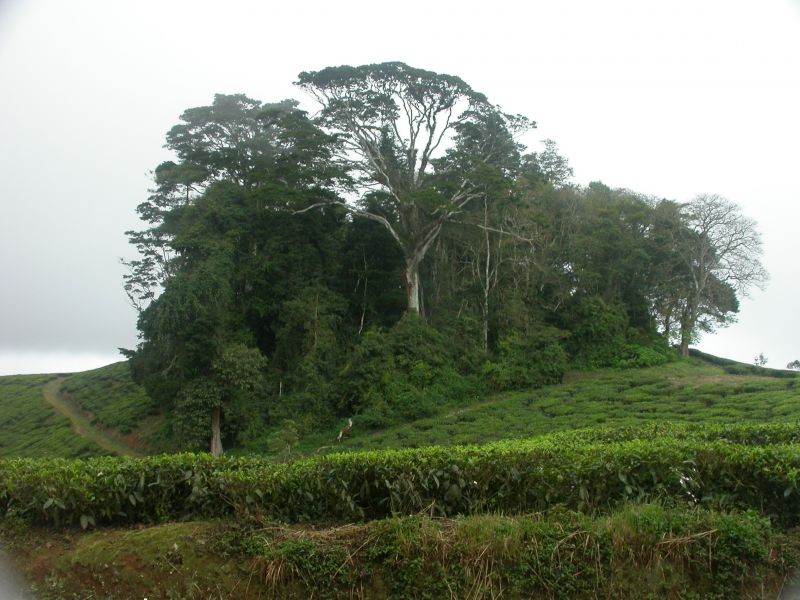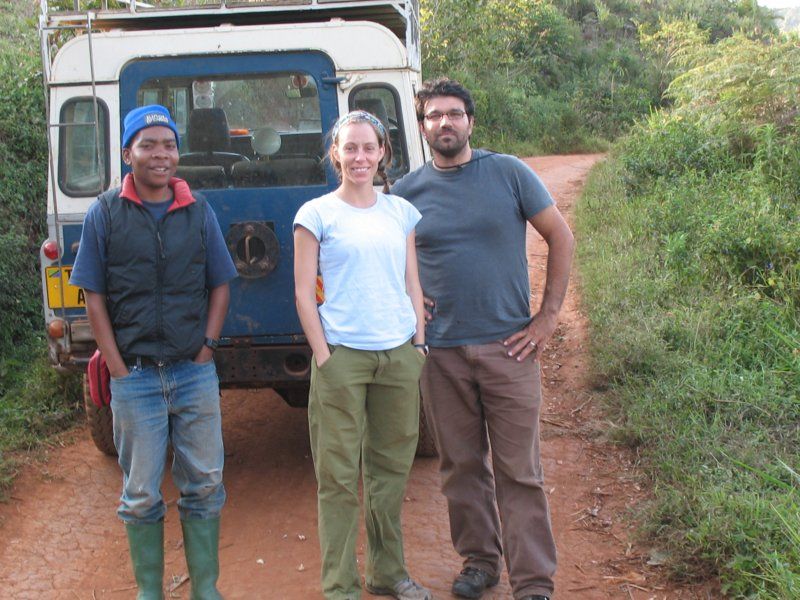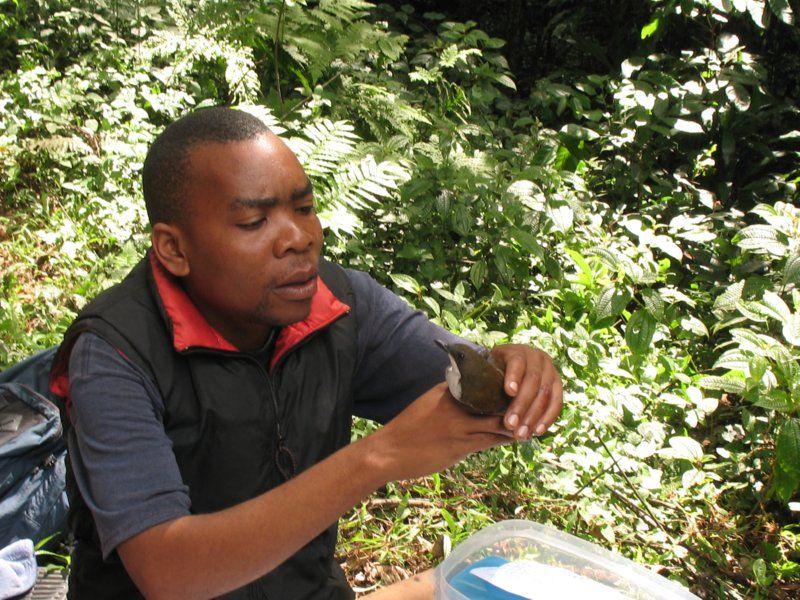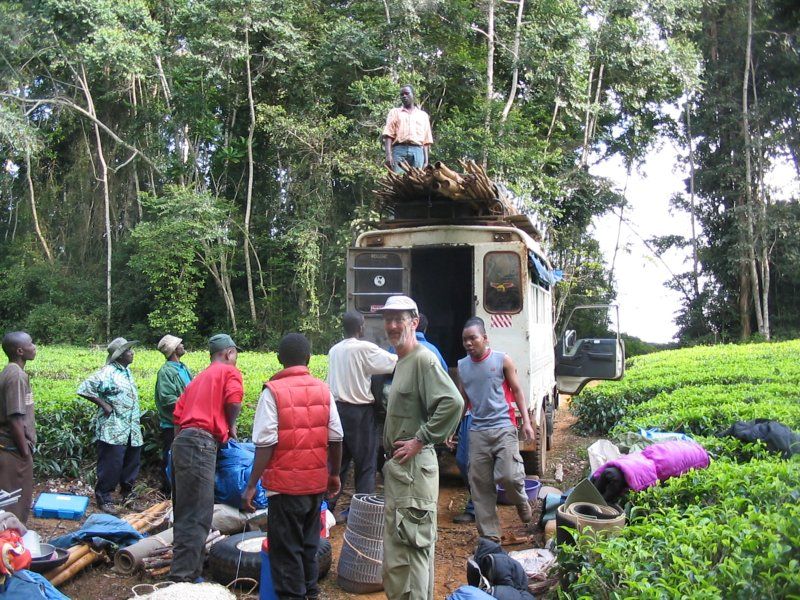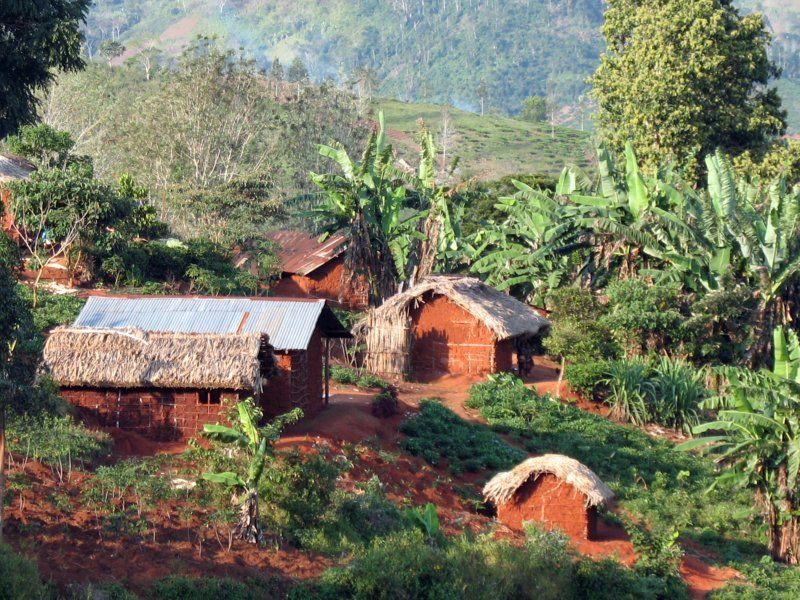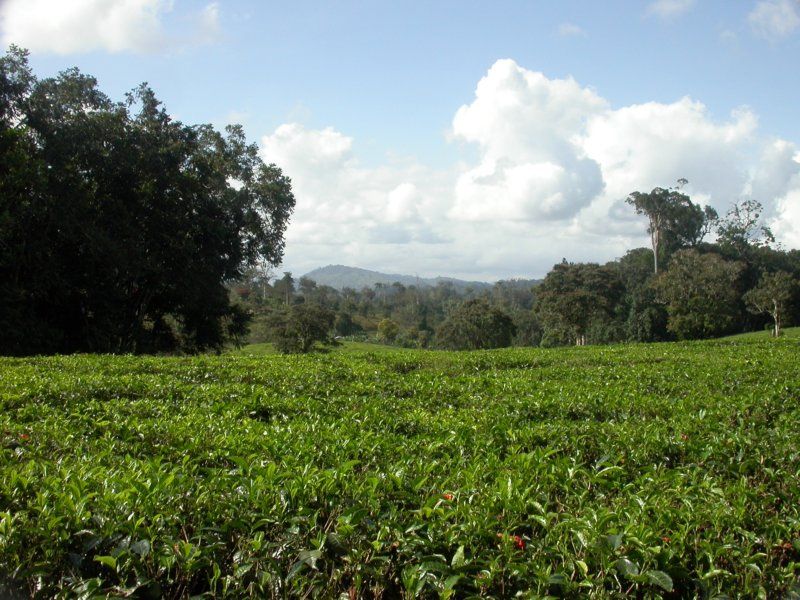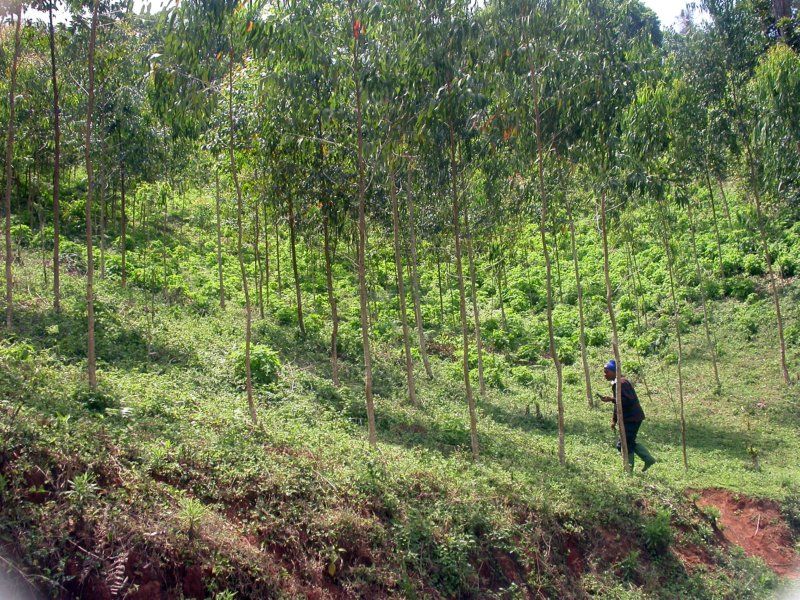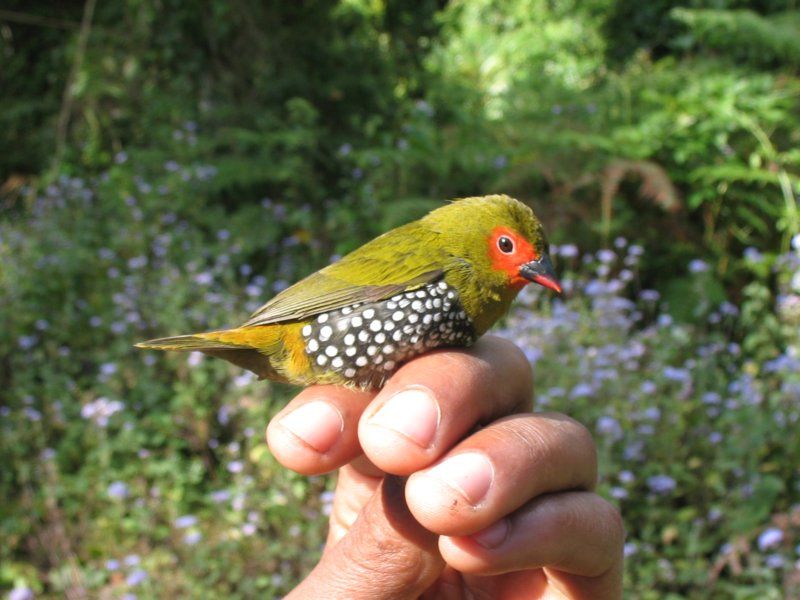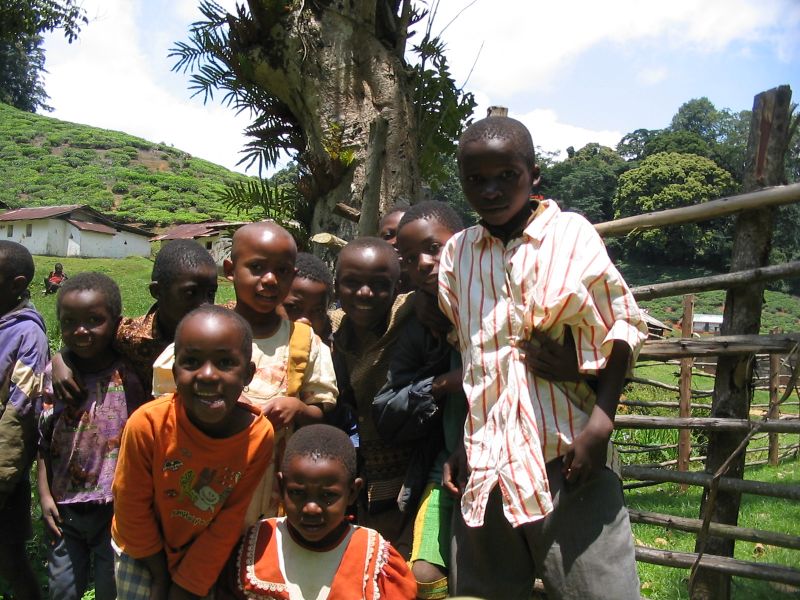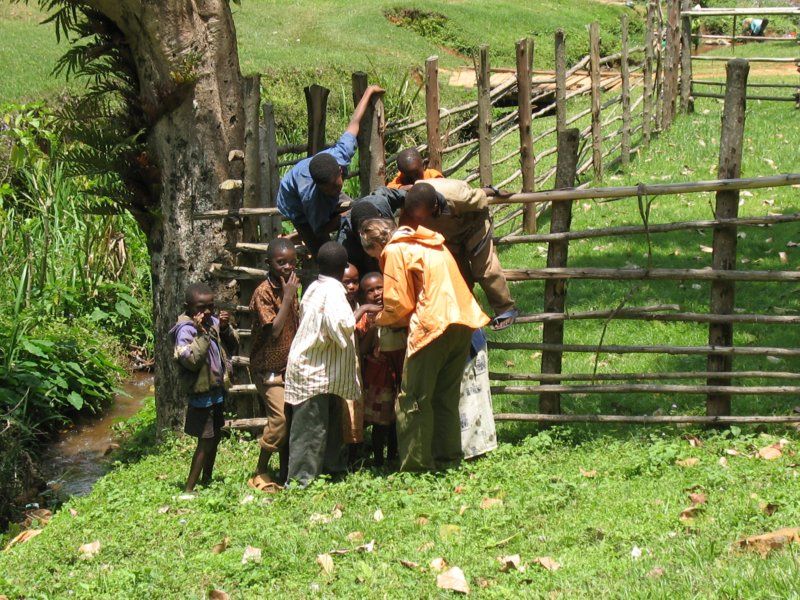Island biogeography theory resulted in now-classic predictions about how habitat fragmentation influences species richness. In particular, small and isolated remnants should have fewer species than larger and less isolated remnants as a result of higher extinction rates and lower colonization rates. These predictions have been validated in multiple taxa and study systems, confirming the general utility of the theory in the context of habitat fragmentation. Still, there is considerable variation among species in their adherence to general community-level predictions. While general predictions are useful in both applied and basic ecology, even 40 years since MacArthur and Wilson’s monograph, and in spite of intense research effort in this area, a more mechanistic understanding of habitat fragmentation effects on species and communities has remained elusive.
Given adequate long-term data, demography can provide important insights into the mechanisms of fragmentation effects.
We are using a 22-year demographic and community-level dataset on understory birds to assess the effects of fragmentation across an avian community in a biodiversity-rich tropical ecosystem in East Africa. This work is a collaboration between our group and Dr. Bill Newmark (Utah Museum and of Natural History) and expands upon his long-term capture-recapture study of the understory bird community in two independent networks of 14 total forest fragments in the East and West Usambara Mountains of Tanzania. The Usambara Mountains, which are part of the biodiversity-rich Eastern Arc Mountains, have experienced rapid deforestation, resulting in a patchy landscape of forest fragments in a matrix of primarily industrial and subsistence agriculture. This project addresses three primary research questions intended to test extinction risk theory and inform conservation planning:
1) How does habitat fragmentation influence demography and how much variability exists among species? Where most prior work has relied on count data or presence-absence surveys, this study builds on previous efforts by estimating species-specific survival, recruitment, and population growth to quantify distinct fragmentation responses for 22 species. Even 40-115 years, we have found that most species showed depressed apparent survival and population growth rate in small versus large forest fragments. This persistent demographic consequence of fragmentation was pervasive across feeding guilds, dispersal abilities, and other life history characteristics.
2) How does extinction risk of understory bird populations vary in remaining forest fragments? Many tropical understory bird populations persist on small and relatively isolated forest fragments, yet, their long-term viability is unknown. Life-history correlates provide rules of thumb for understanding relative extinction, but actual risk frequently deviates from theoretical expectations. We constructed count-based population viability analyses for eight understory bird species to estimate relative extinction risk across species and forest fragment sizes. Results demonstrated high extinction risk, even for common species, on small and medium forest fragments, and suggest that extinction risk is not easily predicted from life-history correlates alone.
3) How can demography guide reserve planning? Reserve design is most commonly based on species richness and similar metrics without the benefit of population persistence estimates. Long-term demographic data for the Usambaras provide a rare opportunity to construct a multi-site, multi-species population viability analysis with which to compare four real-world reserve scenarios that vary in connectivity and total area protected.
Reports & Publications
Project Publications
Korfanta, N.M., W.D. Newmark, M.J. Kauffman. In prep. Demographic consequences of habitat fragmentation in a tropical bird community.
Korfanta, N.M., W.D. Newmark, M.J. Kauffman. In prep. An empirical test of extinction risk in tropical understory birds following habitat fragmentation.
Korfanta, N.M., W.D. Newmark, M.J. Kauffman. In prep. Multi-site PVA at the community level: using demography to guide reserve design in a biodiversity hotspot.
Project Reports
Contact
Nicole Korfanta, Associate Director
Environment and Natural Resources
University of Wyoming
804 Fremont St.
Laramie, WY 82072
307-766-5306
korfanta@uwyo.edu
Bill Newmark, Research Curator
Vertebrate Division
Utah Museum of Natural History
1390 E. Presidents Circle
Salt Lake City, UT 84112
Project Lead
Nicole Korfanta completed her PhD in Zoology and Physiology in 2011. Her dissertation research explored the effects of tropical deforestation on the demography and persistence of understory bird populations in the Usambara Mountain of Tanzania, part of the Eastern Arcbiodiversity hotspot. MORE »

Timeline
| Usumbara field season | Spatial data collection and population monitoring | August 2007 |
| Chapter 1 | Demographic analysis | 2008-2009 |
| Chapter 2 | Count-based population viability analysis | 2009-2010 |
| Chapter 3 | Extinction risk and reserve design analysis | 2010-2011 |
| Dissertation defense | January 2011 |
Funding & Partners
- 2007: Dick and Lynne Cheney Study Abroad Grant, University of Wyoming
- 2007: Haub Creative Activities and Research Grant, University of Wyoming
- 2007: Department of Zoology and Physiology Scott-Walters Scholarship, University of Wyoming

